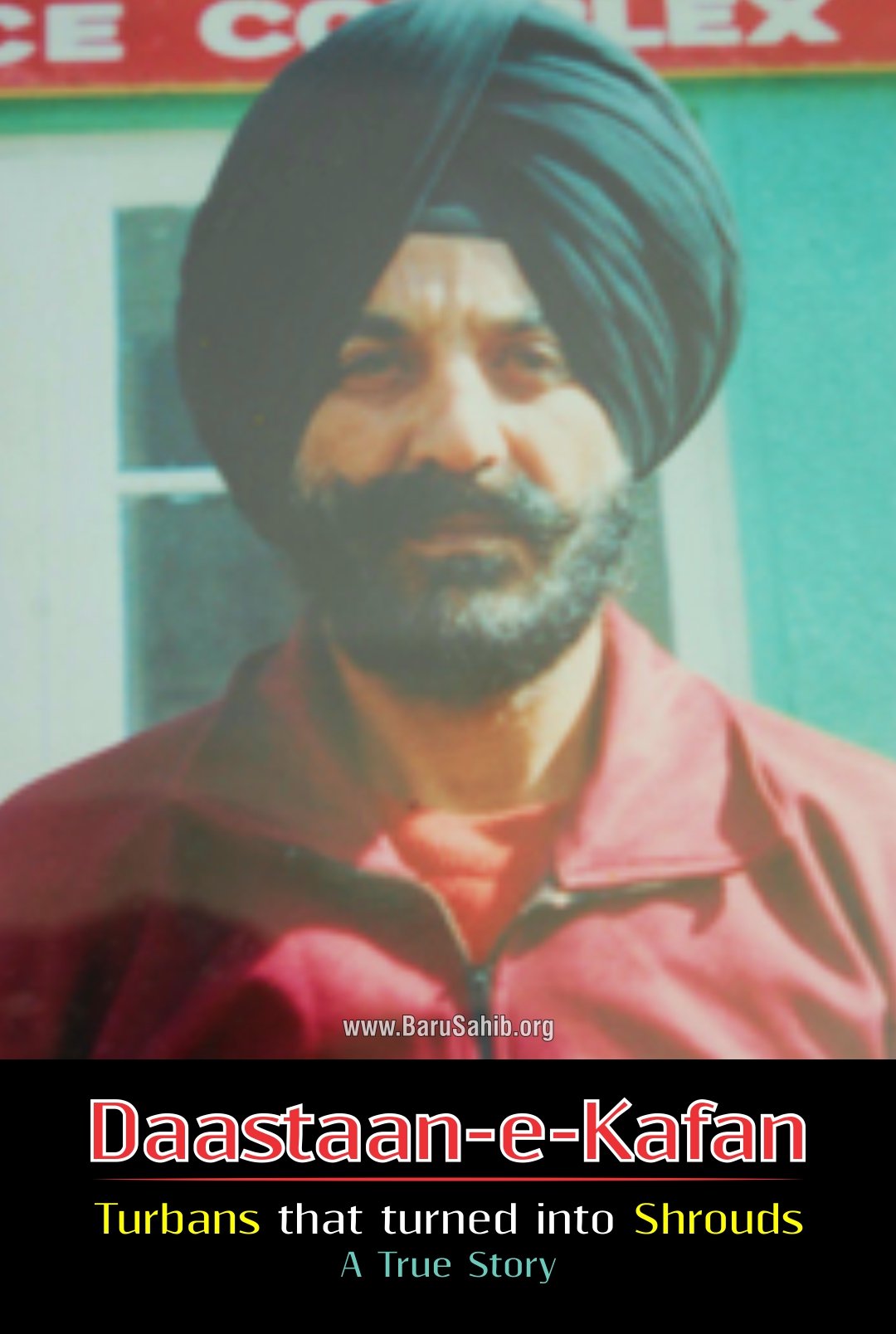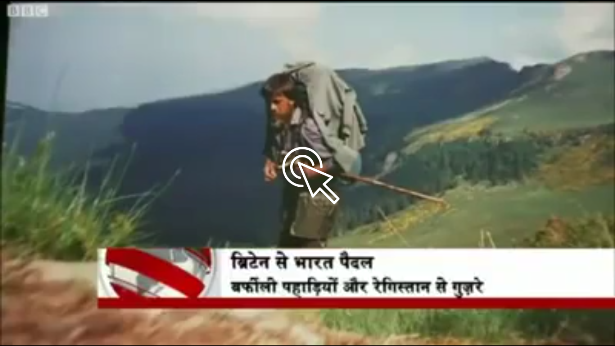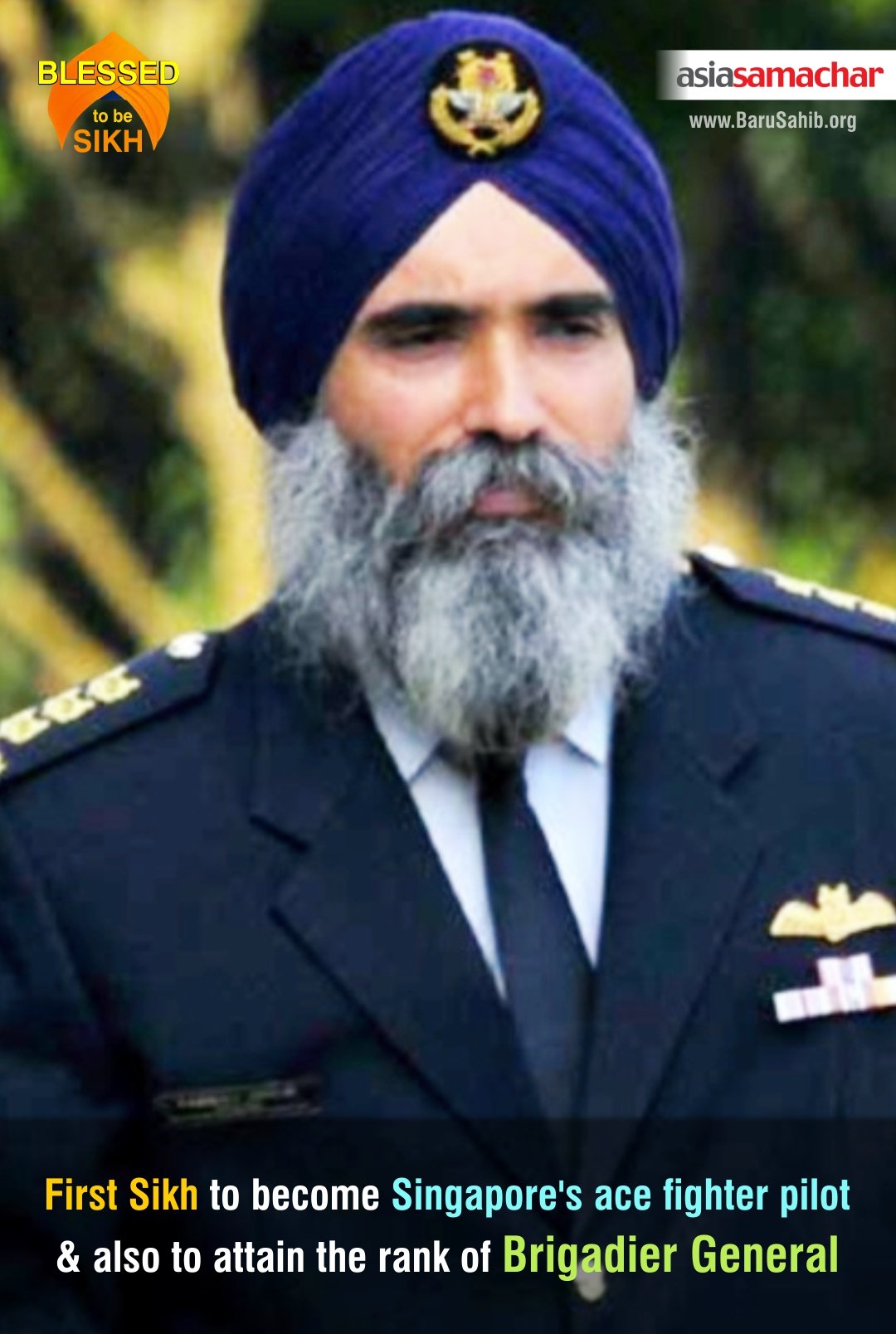Planes cannot take off or land if the runway is hit by mortars and rockets. A damaged runway that is not repaired in time can single-handedly curtail an air force’s operations. A seemingly minor hygiene lapse in the kitchen can similarly jeopardise the entire mission if pilots, technicians, security forces, are down with food poisoning. Issues like these were starkly clear to Brigadier General (Retired) Sarbjit Singh during his tenure as the Commander of the Air Power Generation Command (APGC), the position with which he culminated an illustrious career of almost 32 years of service in the Republic of Singapore Air Force (RSAF).
Having clearly recognised the breadth of such issues, Sarbjit set out to address them with an equal measure of clear-headedness. For a long time, the general view harboured by many across the various APGC communities was that only the aircrew conducted operations while the rest merely played supporting roles. Naturally, this yielded lackadaisical attitudes on the part of those who believed themselves to be such. Together with his commanders, Sarbjit set out to change this mindset. He made the different communities across APGC realise how they too were “doing operations in their own right” and that should Singapore ever face hostilities, they too would be “at the frontline of operations, fighting the war.” [Interview with Brigadier General (Retired) Sarbjit Singh, August 28, 2015].
While the officers in his headquarters were regularly blazed with doctrines and concepts, Sarbjit’s efforts were targeted at energising all the communities in APGC and getting them on the bandwagon of an operational mindset. He went the whole nine yards, from visiting units to better understand ground realities to renaming squadron names to better reflect the operational roles that they undertake, and even initiating a “tribal dance” that unified all vocations of the APGC. As a consequence of his efforts, he has been highly commended for shaping APGC into a command that truly is capable of generating and sustaining effective and robust air power.
Despite this enduring legacy that Sarbjit leaves the RSAF with, his colleagues attest to how he always redirected the credit to his people. He was driven not by the promise of self-acclaim but by the sincere desire to reduce Singapore’s vulnerability by ensuring that the people at APGC understand their operations and have the capability and confidence to do what it takes if they are ever called into action. His ability to get things done is matched by his abiding humility. While good-natured about it, Sarbjit gently avoided discussion of his strengths.
As much as he is respected as a leader, Sarbjit also occupied an enviable position as an ace fighter pilot. His superb flying skills earned him respect and admiration.
CHASING PLANES
Sarbjit recalls how as a young boy, he “was very interested in planes” and that “somewhere along the years, (he) knew that (he) wanted to be a pilot”. He vividly recollects an incident that is etched into his memory from days even before primary school. He was so taken by chasing planes in the sky that he did not even notice a drain and fell into it. It cost him a broken nose.
With full support from his parents to pursue his passion, Sarbjit started applying to the then-Singapore Junior Flying Club to obtain a private pilot’s licence while he was still studying at Catholic Junior College. He did this in order to “get a leg up to enter the air force.” However, his applications were rejected because he could not get past the medical examinations. What held him back was his heart rate, which refused to come down, due to the sheer thrill he felt of being so close to realising his dream of flying during these medical tests.
Unfazed by the rejections, Sarbjit then applied directly to the RSAF. This time, however, he went for the selection process equipped with the breathing tips that his father had shared with him to calm down and control his heartbeat. Sarbjit was duly accepted into the RSAF well before finishing the first year of junior college. Soon after completing junior college, he joined the force on 17 January 1983, which marked the first date of his long-standing romance with the RSAF. Sarbjit emerged as the top trainee graduating from the 48th Fixed Wing Course, which had a success rate of only 13 percent for fighter pilots. He went on to emerge as the top trainee – and the only graduate – in yet another course, the 15th Tiger Conversion Unit Course.
Sarbjit went on to serve as an operational pilot on the F-5 and later the F-16 aircraft. He progressed on to become a Pilot Attack Instructor and an Officer Commanding before attending the Air Command & Staff College in Maxwell AFB, Montgomery, Alabama, in 1996. On his return, he took over command of the Squadron in Paya Lebar Air Base and, thereafter, became a Branch Head of the Operations Planning Group in Air Operations Department. He attended the Air War College in the United States in 2002 and returned to assume the appointment of Deputy Head Air Operations (Operations Planning) in 2004. Subsequently, he assumed the appointment of Deputy Commander of the Tengah Airbase before becoming the first Commander of the UAV Command when it was stood-up in February 2007. Sarbjit played an instrumental role in the standing up of this brand new command within the RSAF, an unprecedented command which had surprised and bemused many, and has even stirred international interest.
HIGHEST DISTINCTION
Sarbjit graduated with a Bachelor of Science (Political Science), summa cum laude, from Auburn University Montgomery, Alabama, United States. In recognition of his outstanding contributions and dedicated service, Sarbjit has been awarded several military medals throughout his career, including the Public Administration Medal (Bronze) (Military) in 2008.
Sarbjit’s deep passion for people under his command was reflected in the length of his debrief sessions. His penchant for lengthy debrief sessions, which were, at times, dreaded, but on the whole appreciated, showed how his fighter-pilot sharpness did not leave him when he left the cockpit. His constructive dissatisfaction during meetings ensured that he upheld the most stringent standards, expecting nothing short of the best from his teams. Not only did he hold others to high standards, but also did he lead by example: it is in Sarbjit that meticulousness and clarity of expression, so prized in most jobs, find their fully expressed potential. He took pains to undertake detailed reviews of mundane things which were important to his people, ranging from ensuring high standards in both the work and the rest environments to reviewing individual posting plans.
As part of the effort to forge the Air Force tribe, Sarbjit led his team in the successful organisation of the SAF Day Parade 2009 and 2013, the RSAF Open House 2011, the National Service 45th Anniversary Dinner, the RSAF 45th Anniversary Parade, the RSAF45@Singapore Airshow and the RSAF45@Heartlands events.
As the leader that he was, who always had his people close to heart, Sarbjit introduced multiple initiatives to nurture individuals into competent airmen. He instituted an engagement framework to raise the commitment and competency of national servicemen through meaningful employment, dedicated training roadmap, and empowerment of the individual. He also initiated a Family-at-Work programme, which allowed family members to witness what their loved ones do while at work. The initiative also sought to express gratitude for the families’ love and support – the love and support that Sarbjit is only too familiar with in the form of his wife, Bhupinder Kaur, their two daughters, Namjot Kaur and Anand Kaur, and son, Mohkam Singh.
Sarbjit retired from the RSAF on 29 October 2014. He has made history as the first Sikh in the world to have become an operational pilot on the F5 and F16 aircraft, the first Sikh in Singapore to have commanded a fighter squadron initially and later two commands, and the first Sikh in the RSAF to have attained the rank of a Brigadier General.
Source- AsiaSamachar










